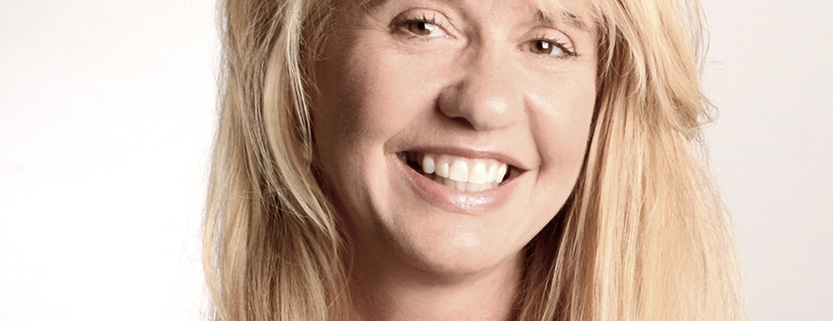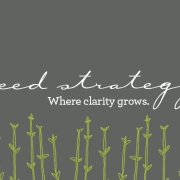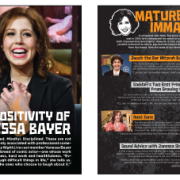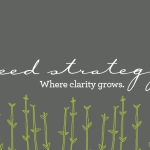5 on 5 with Susan Jones
The best managers are able to use each employee’s unique skill set and original thinking to increase the overall profitability of a business. Watch the video where we catch up with Seed Strategy CEO and President Susan Jones to discuss how employers can recruit and harness talent to “capitalize on creativity.”
When recruiting, how do you identify creative talent?
I really look for people who are dreamers. People that have something that gets them excited. Those people are usually very creative types. The other piece is how you operate in a world of ambiguity. When there’s no focus and it’s unclear on what to do, it’s the people that can make something happen and can build something out of nothing. I look for people that can put rules in place that didn’t exist in order to get movement forward. Those people are usually the most creative.
How can managers recognize employees’ creative strengths? What can they do to bring them to the surface?
This is a really important aspect for me, particularly here at Seed. If you meet people here, you’ll find everybody is a little different and I think that’s the key. A lot of corporations try to recruit for a certain type of person. They have lists of strengths and weaknesses and try to find people that match. What I look for is everybody’s unique strength and to make sure I have diversity among those strengths. I believe everybody is creative and it shows itself in different ways. Analytical people are some of the most creative people I know because they can take these linear facts and put them together in different pictures. You know an artist or a writer, they have to be creative, that’s an aspect of their life, and it’s what they’ve chosen. You can be creative in a lot of different ways, it’s about putting things together, creating something out of nothing, being willing to explore areas that no one has.
How can managers use those strengths to benefit the overall business?
The number one thing you have to do is mix people up. Get different kinds of people working together and then add a sense of purpose. Everybody, I believe, has to have a purpose. If you give people a purpose, you mix them up, and then you give them a feeling that you expect them to do great things. I’ve never been disappointed.
Are there internal policies and procedures that encourage creativity?
There are a lot of policies that inhibit creativity; there are facts now that education today starts to keep people from being at their creative peak. I’m sure corporations have a lot of rules that inhibit creativity. At Seed, what we try to do is focus the policies and procedures on three simple things: safety, stability and confidentiality. So all of our processes and policies in place are for the safety of the employee, they are for stability, the certain things you have to do to keep a business running, and then confidentiality for our clients. Other than that, fewer rules are better in a creative environment, but it can be hard to keep the rules to just what’s essential to run the business.
How does workplace environment and culture contribute to creativity?
The environment, in my mind, is the tangible outside: the office, the colors, the carpet and the furniture. It’s a really important piece. If you create a place that feels like big things should be happening, big things will happen. If you create a place where you dummy down everything to grays, put everyone in an open environment, take away anything that makes them feel important, then how would you feel? But if you walk into a place and the colors are vibrant and the furniture looks like it’s been picked out in a careful manner… it doesn’t have to be expensive; there’s a difference between expensive and well-designed and thoughtful. The environment is key to peoples’ success; walk in and you feel like you’ve arrived and you should be doing big things.
Now, culture in my mind is the values, the things that are important to people. It’s about respect. You have to create an environment where you respect the employees and the clients. You have to make it loose enough that it’s fun, but not so loose that it breaks the respect of other people. And then have a spirit of collaboration and risk-taking; those things are really crucial to culture. Then you go back and add a sense of purpose and now all of a sudden you have a bunch of like-minded folks with bright ideas trying to solve some of the toughest problems.









